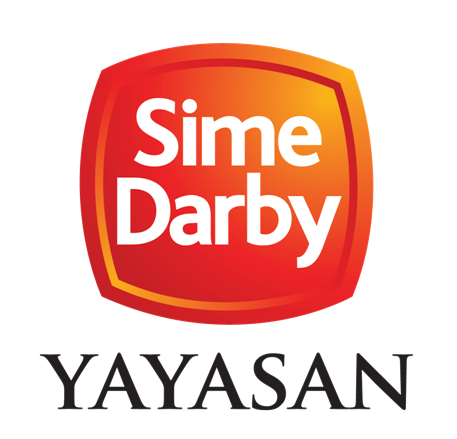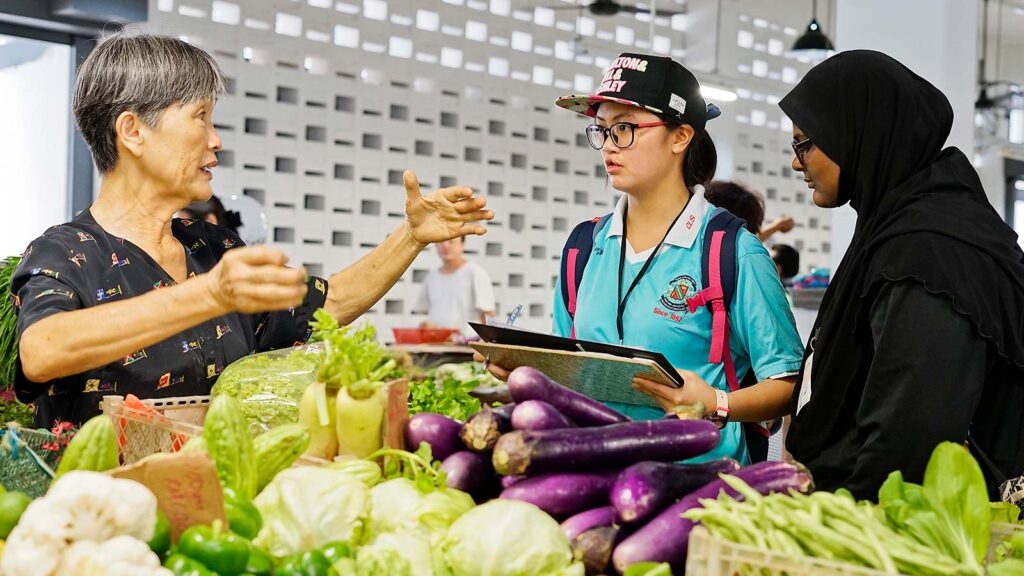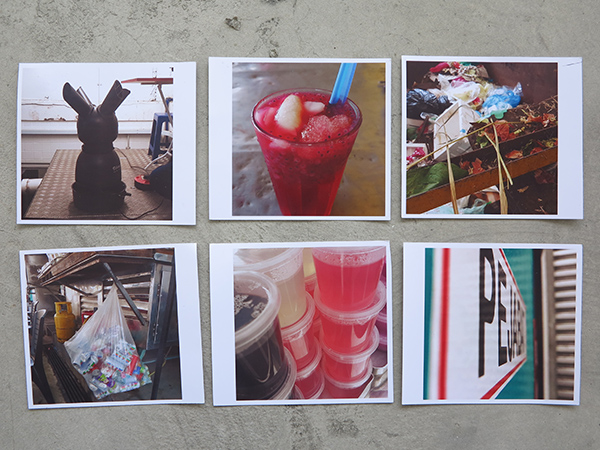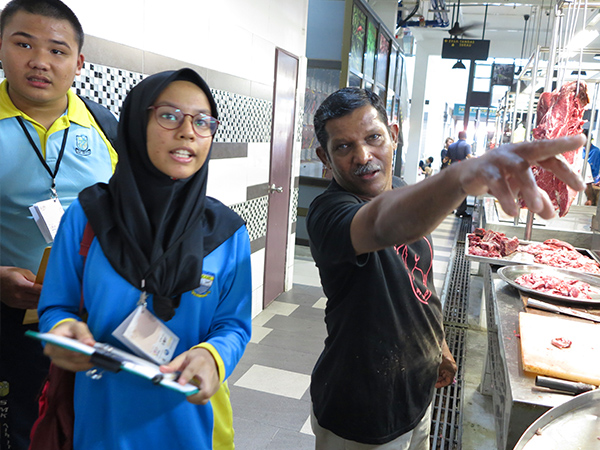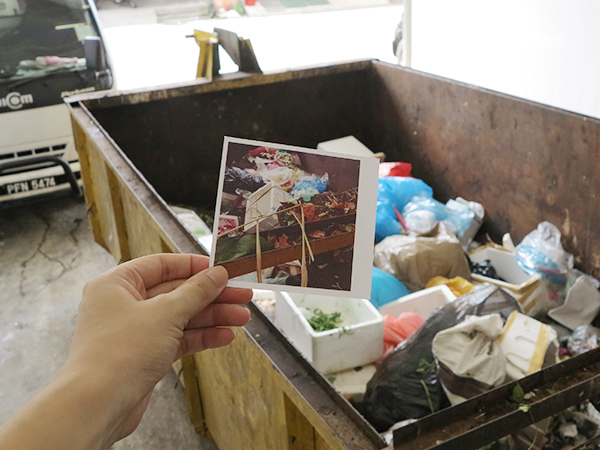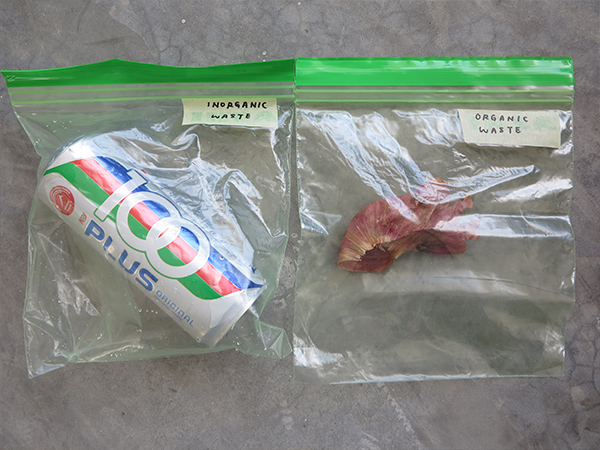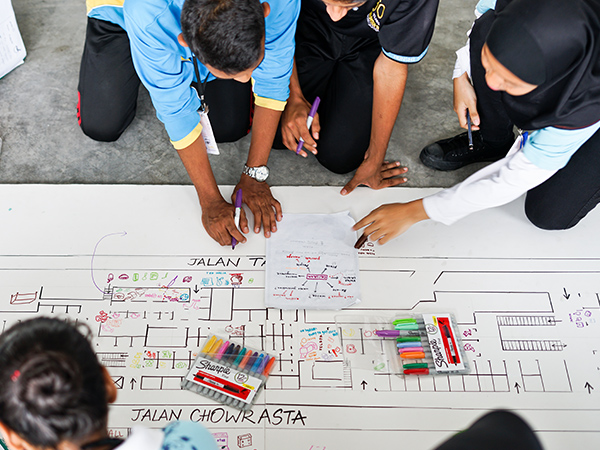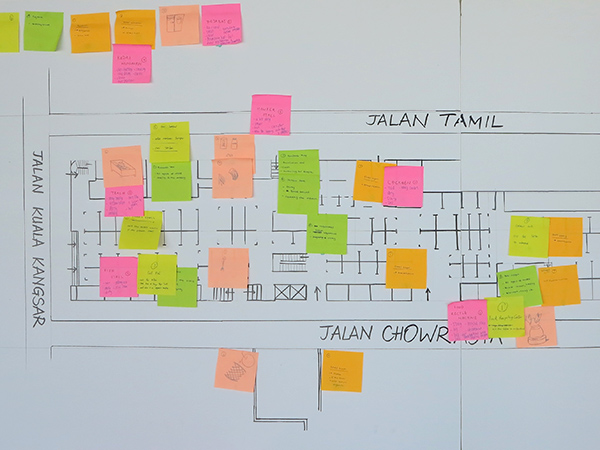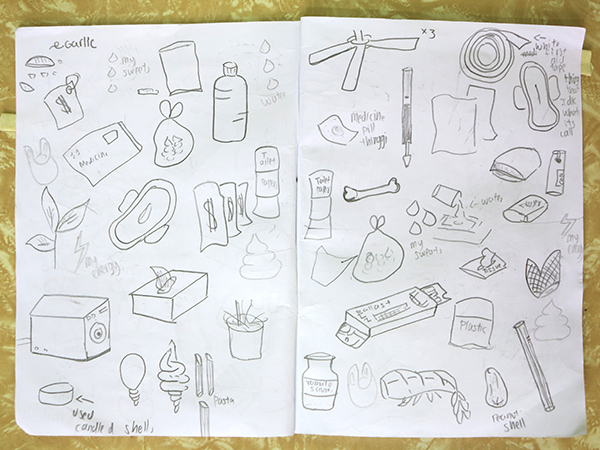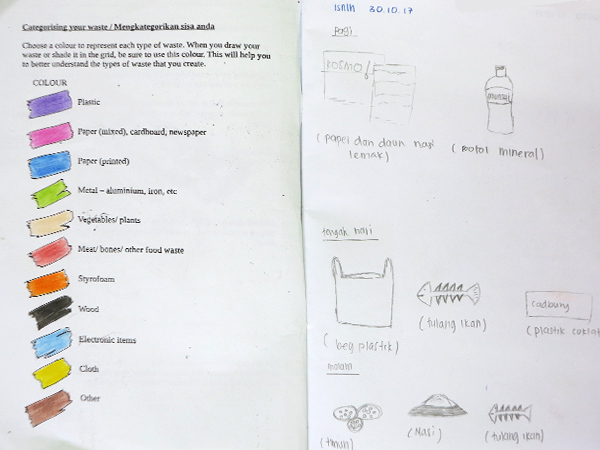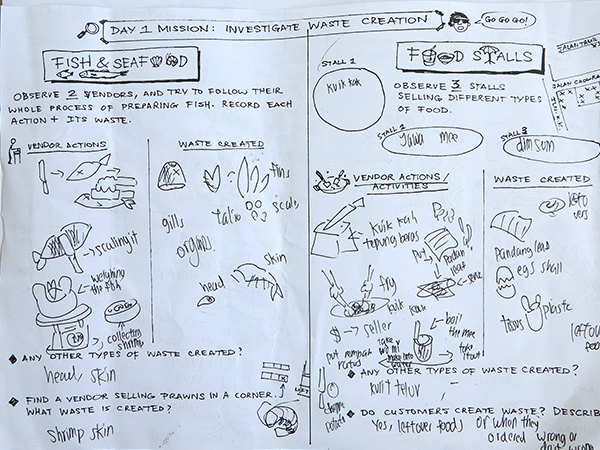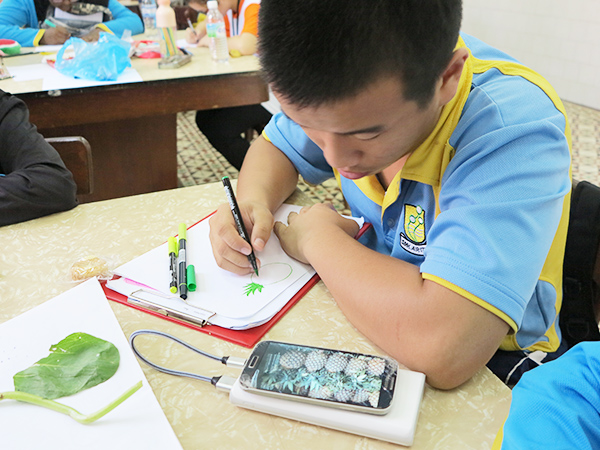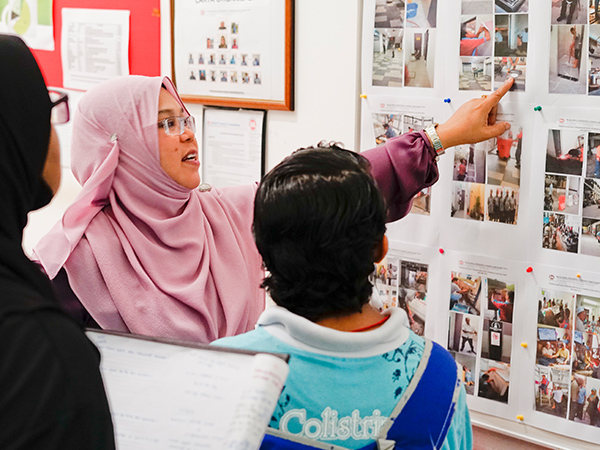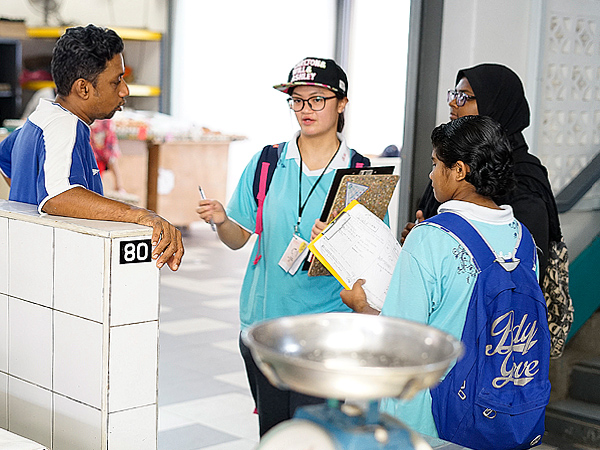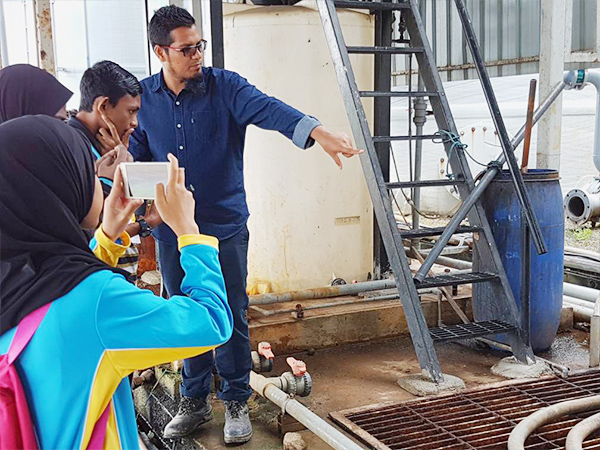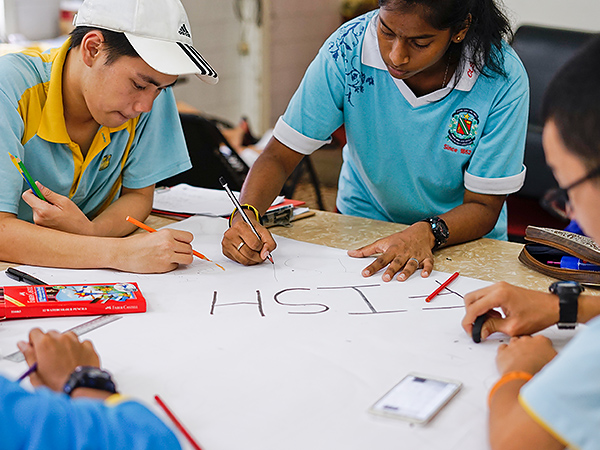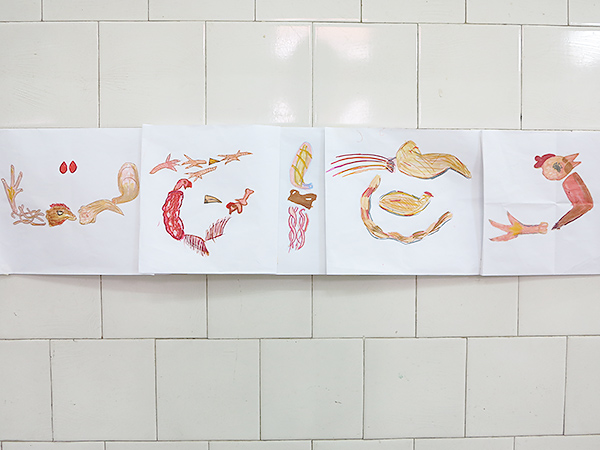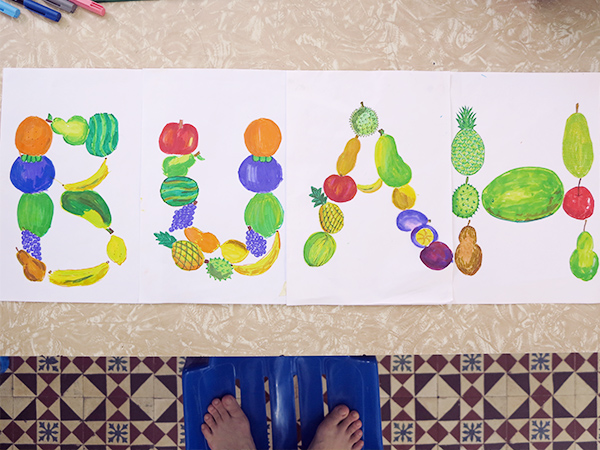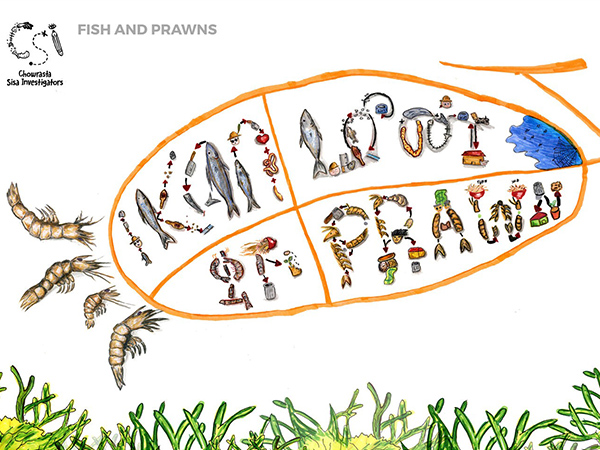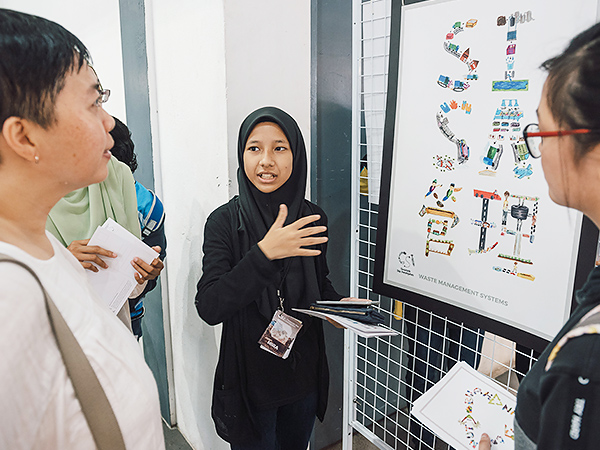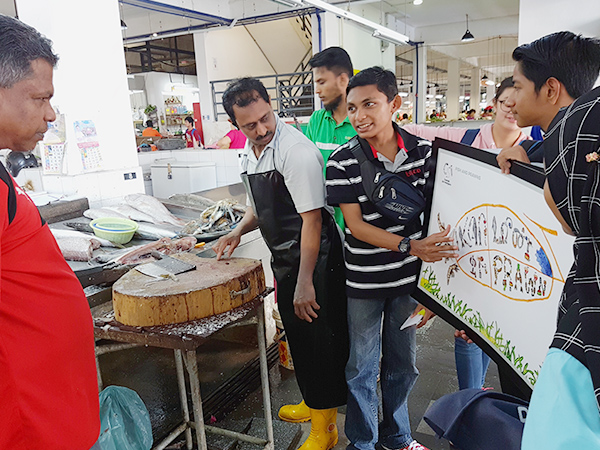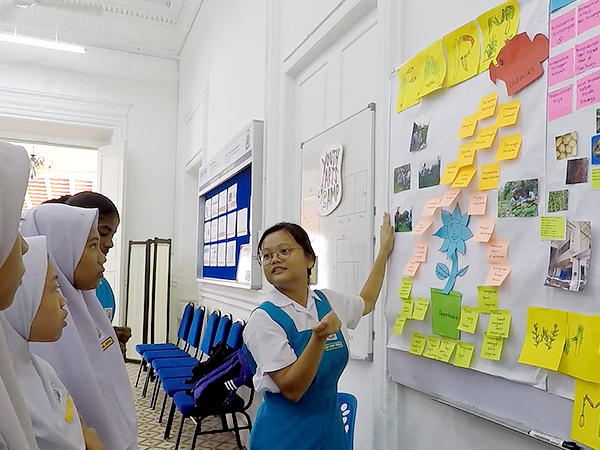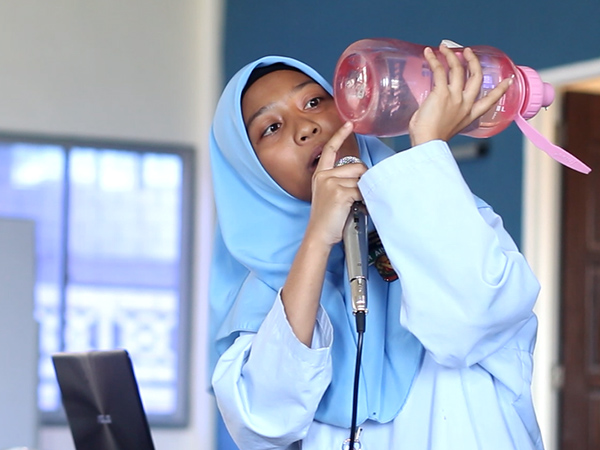Waste Management in a Local Wet Market
Where does waste come from and where does it go? Participants learn about sustainable waste management practices and the relationship between market vendors, suppliers, and local councils through illustration and typography.
Project at a Glance
Driving Questions
What does it mean to generate and manage waste sustainably? What can we learn from local knowledge and practices?
Creative Medium
Illustration, Typography
Community
Vendors selling various good at Chowrasta Wet Market
Participants
14–16 years old with basic drawing skills
Human Resources
Artist with knowledge and skills in illustration typography
Timeframe
48 hours
Relevant Subjects
Art and Design, Social Studies, Science, Mathematics, Languages
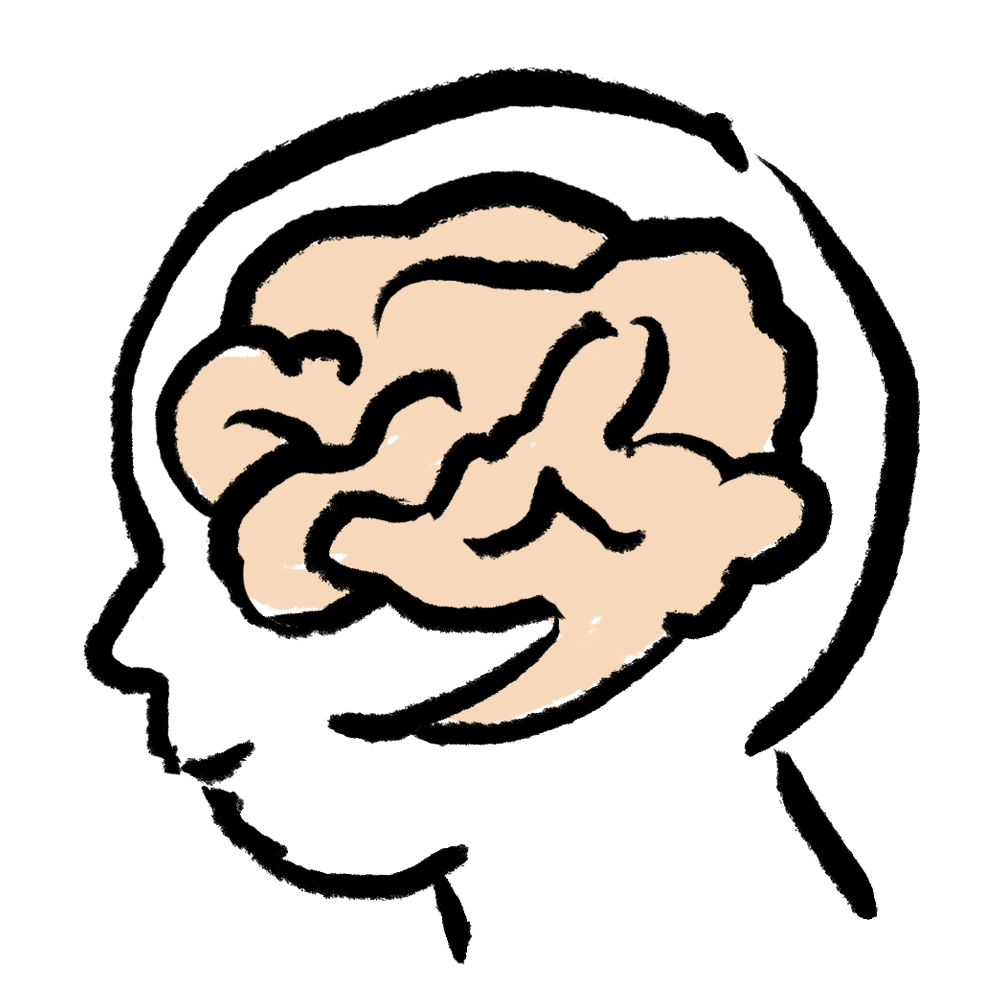
Knowledge
- Identify ways in which vendors generate and manage waste;
- Identify the waste value chain for a specific market product;
- Compare and contrast the vendors’ different waste generation and management practices
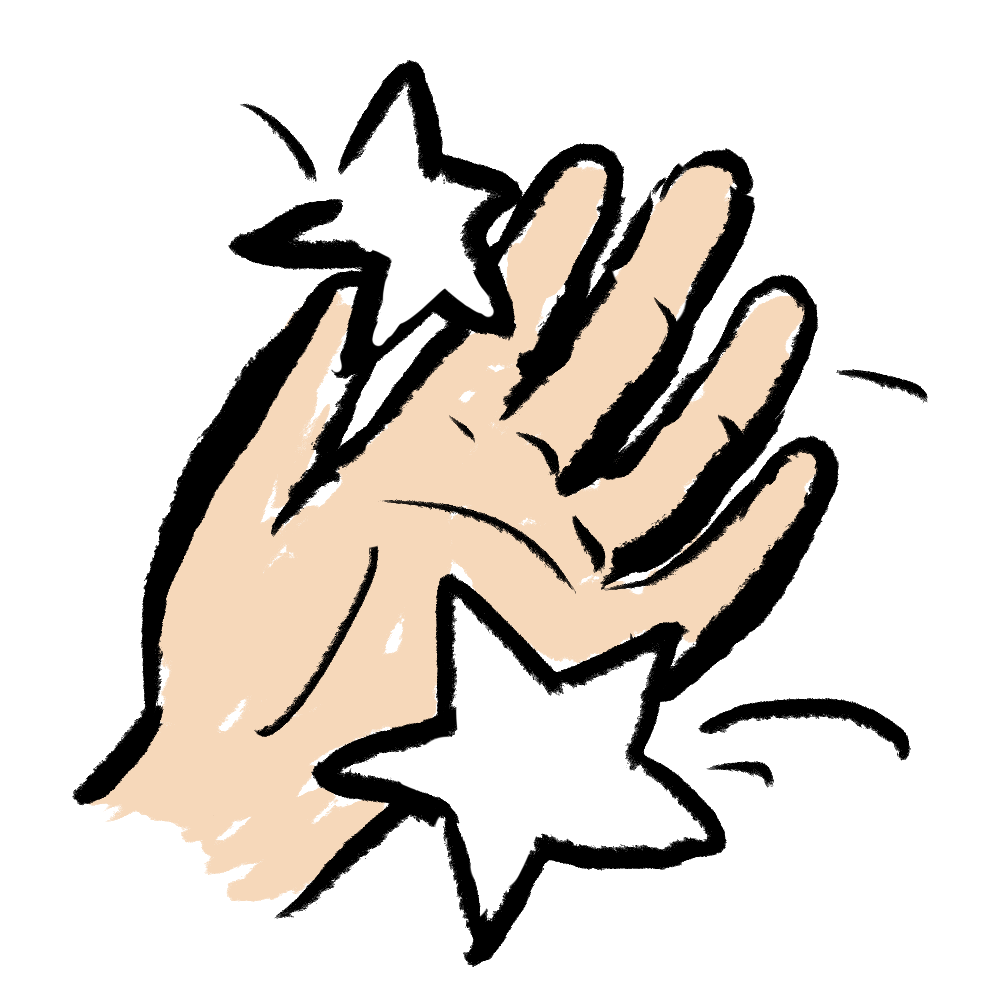
Skill
- Produce rough layout sketches of entire words containing various elements (images, symbols, text);
- Create thumbnail drawings and layouts of their final pieces;
- Interview and interact with vendors and other stakeholders in an insightful and empathetic way.
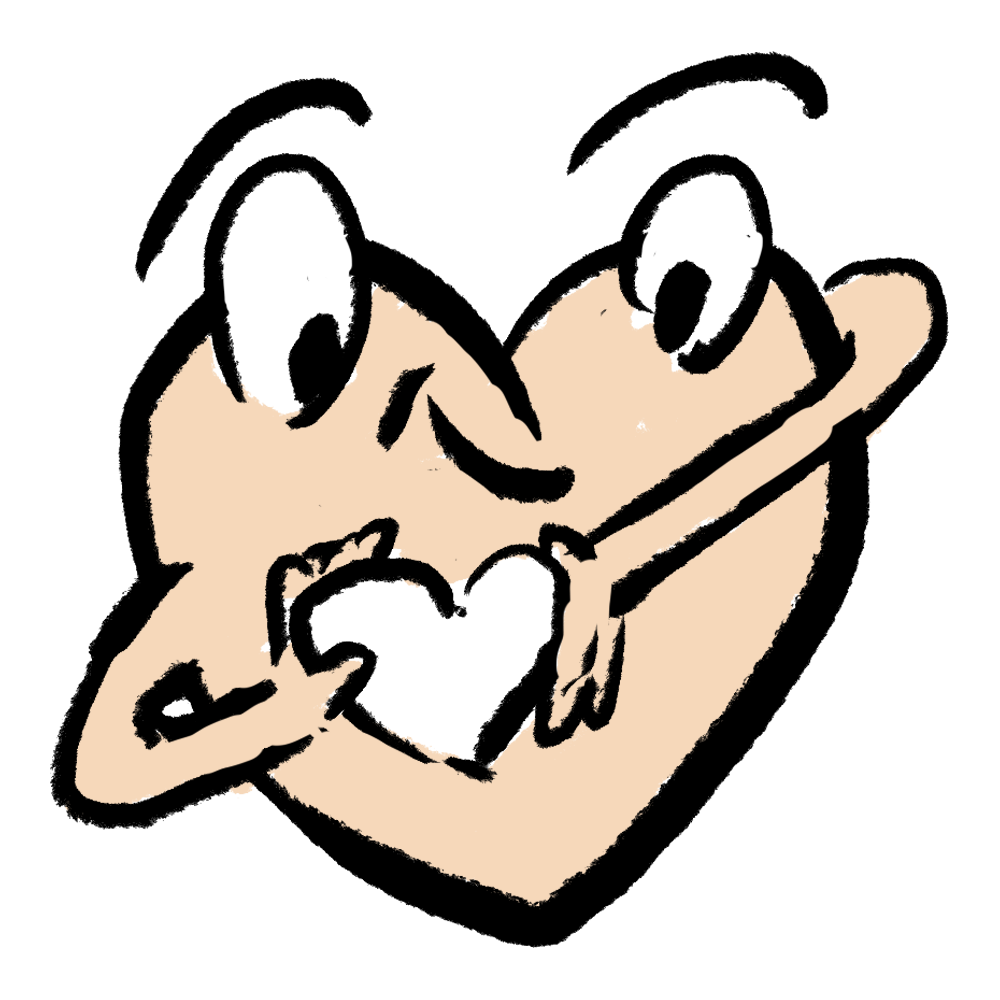
Value
- Appreciate approaches by different cultures towards waste generation and management;
- Appreciate the labour, knowledge, and skills involved in managing waste well at and beyond the market;
- Appreciate the value of thoughtful, sustainable waste generation and waste practices.
Suggested Activities:
SELF – Practise 3Rs (Recycle, Reduce, Reuse) in daily life.
SCHOOL & FAMILY – Share lessons learned from the programme with peers and family members.
SCHOOL & NEIGHBOURHOOD – Organise a waste audit within the school or local community: analyse the types and amounts of waste produced, identify areas for improvement, and launch a waste reduction campaign to raise awareness and encourage responsible waste disposal.
SCHOOL, FAMILY, AND BEYOND – Become advocates for responsible waste management within their peer groups by promoting sustainable practices on social media platforms.
Context and Citizenship
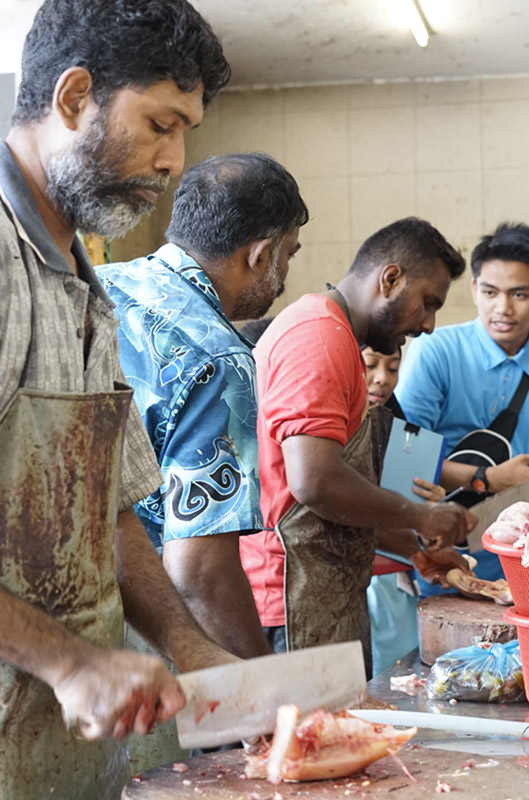
Local markets play a crucial role in preserving the cultural heritage of a community by offering an authentic glimpse into its local culture, traditions, and practices. Chowrasta Market, situated in the heart of George Town, is a bustling and lively local market that offers an extensive array of local produce, handicrafts, and traditional food. This market serves as a space for people to come together, exchange ideas, and celebrate their culture, promoting sustainable tourism and supporting the local economy.
However, like many local markets, Chowrasta Market generates significant waste that can negatively impact the environment and the community. It has been reported that local markets contribute approximately 3.5% of the total waste generated daily. Therefore, sustainable waste management is essential. We can learn from investigating and exploring knowledge and practices passed down through generations. This allows us to promote responsible consumption and production. Protecting the environment and the well-being of the community is also crucial. By doing so, we can preserve the unique identity and traditions of the community.
Adopting sustainable waste management practices at Chowrasta Market ensures that the market continues to thrive. This action contributes to the cultural heritage of George Town while also promoting sustainable development.
Components of Learning
Activity 1 - Visual Scavenger Hunt for Site and Topic Orientation
Participants visited Chowrasta Market and started off with a visual scavenger hunt. From a list of treasure hunt items, participants explored and familiarised themselves with the whole market and its surroundings. They also identified various types of waste generated at the market.
Recommended additional activity
An off-site local market video observation
Participants watch a video of a local market for better understanding of the content and context of the project. They need to identify the different types of vendors and what they are selling, types of customers, sections of the market, and potential waste generated by vendors and customers. In small groups, participants capture their observations in bubble maps and share their findings.
Activity 2 - Tracking of Personal Habits of Waste through Journaling
To encourage participants to connect their learning in the market with their personal lives, they used a waste journal to record every type of waste they generated daily during the project. Each participant sketched and categorised their daily waste, leading them to reflect on their waste habits and how they could improve them.
Activity 3 - Note-Taking and Interviewing Skills
Before on-site investigation and interaction with the community to understand how waste is generated and managed at Chowrasta Market, participants learned how to take visual notes using a waste worksheet.
Participants also learned how to conduct interviews and prepared interview questions after splitting into groups based on the type of stall. (Hint: Check the Resources Page for ideas to help prepare your students to conduct interviews.)
Activity 4 - Introduction to Illustration Skills
Activity 5 - Chowrasta Market Visit
Based on their assigned stalls, participants gathered information regarding waste generation and management processes through observation and interviews. Their investigation focused on:
- the vendors’ actions or activities;
- the waste created;
- how the waste is handled; and
- whether the customers play a role in creating and managing the waste.
Some participants observed and sketched the vendors’ practices, while others interviewed the market vendors and management. During the interviews, participants took notes and photographs.
Participants conducted additional site visits on their own if data or information collected was lacking.
Activity 6 - Landfill Visit
Participants also visited the only landfill in the state to collect further data regarding the journey of waste. It was an eye-opening experience for the participants as they could now relate to where the waste thrown into rubbish bins ends up.
Activity 7 - Waste Value Chain Production
After on-site exploration, participants gathered in an indoor space and were introduced to a sample of food loss and waste (FLW) in the fish value chain and extension of the waste value chain.
Participants consolidated the data collected according to their respective groups’ waste value chains and delegated tasks. They decided on the process or topic to be depicted, selected the word/phrase, and made rough typography sketches. Participants were given a quick lesson on how to lay out text and posters.
Based on discussion and feedback, participants refined their sketches. Each illustrated poster was based on the different aspects of waste and contained rich, diverse local insights.
Activity 8 - Visual Mapping for Final Reflection
Participants used visual mapping to reflect on their experience and how it connected to larger issues at the state and global levels.
At the personal level, participants shared their personal waste-generation habits by referring to their individual waste journals. They discussed what the greatest type of waste was generated and how to reduce such waste.
At the community level, participants talked about their project experiences at Chowrasta Market. They described waste generation or management issues that they noticed at the market and suggested actions that could be taken to counter those problems. The participants could reflect on the most important thing they learned or experienced from the project.
At the state/global level, participants were reminded of their landfill visit and were shown a video which highlighted the waste value chain and its part within the greater consumerist, capitalist society that we live in. After watching the video, participants sketched out how personal actions affect the waste value chain and what actions can be taken to address the waste issue on a large sheet of paper.
Activity 9 - School and Community Showcase
Activity 10 - Citizens in Action through Self-Initiated Activities
Although not included in the original programme, a group of enthusiastic participants organised sharing sessions in their schools to disseminate their learnings to other students after the project.
Meanwhile, a few other participants created short videos to raise public awareness about waste issues.
How to Adapt
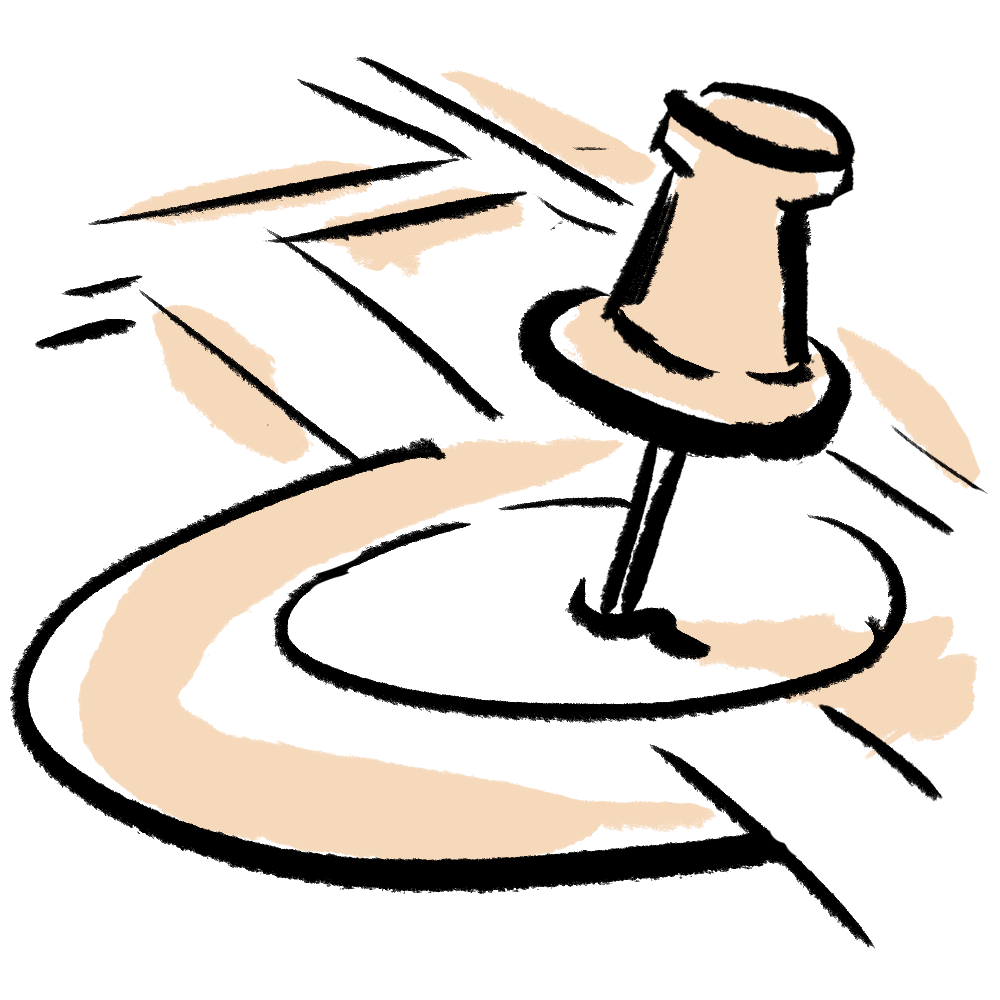
Community
What places in your local area can allow the participants to explore different waste generation and management practices? It can be students’ homes, the school canteen, an apartment building, etc.
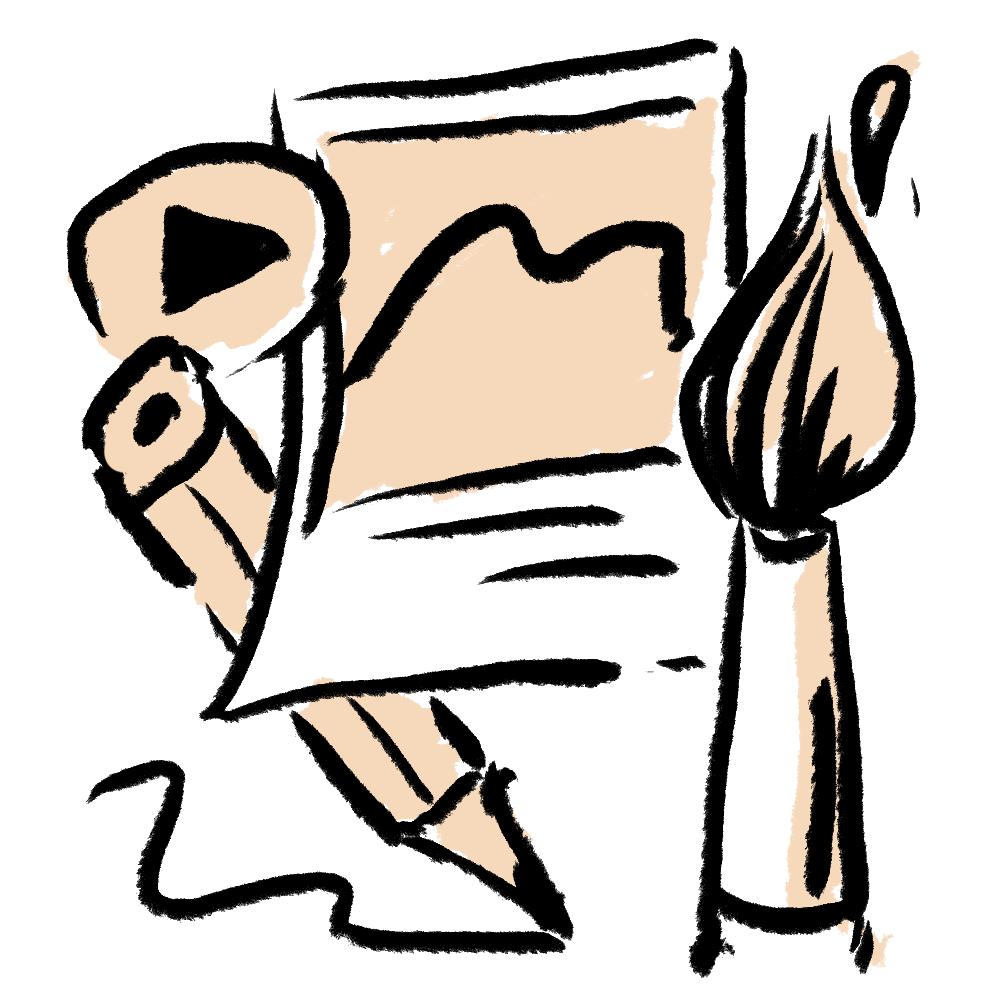
Creative Medium
Other than illustration and typography, what mediums might be suitable for your students to conduct research and communicate their findings? You could explore visual mediums like photography or video-taking and outputs such as infographics.
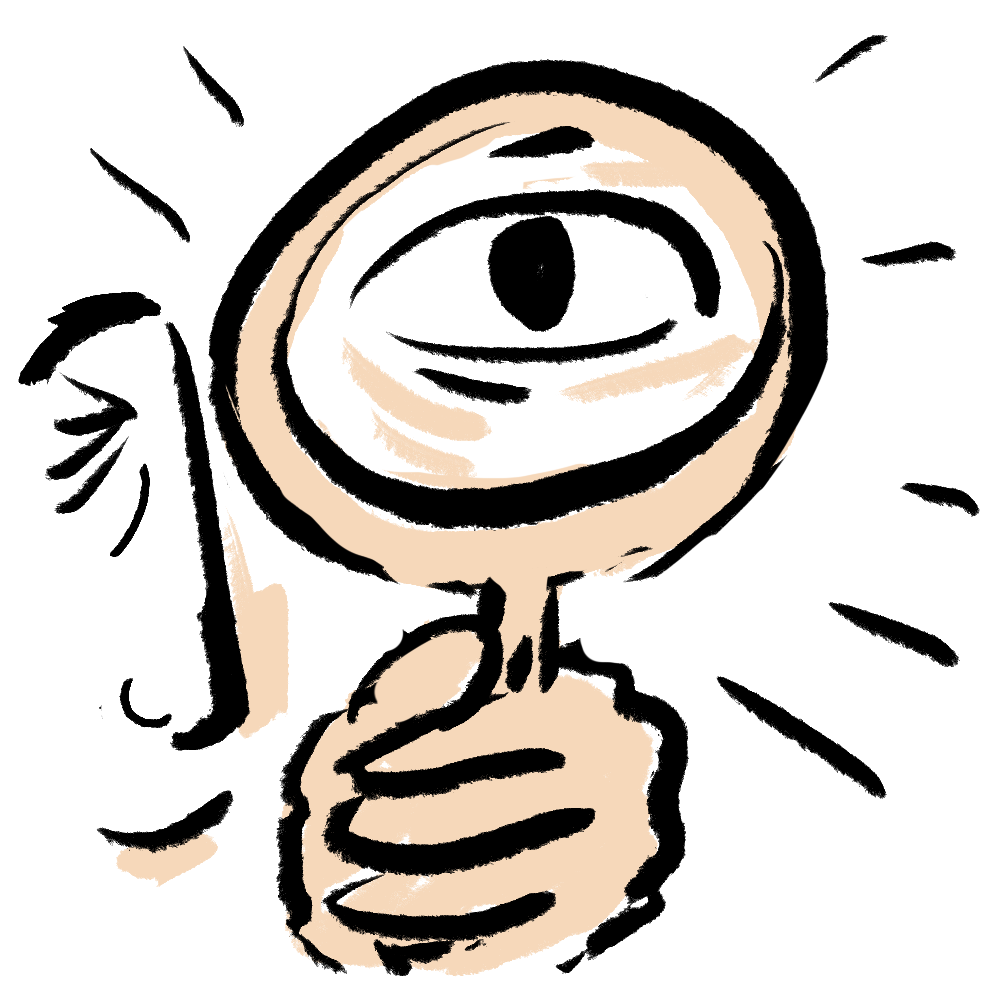
Topic
What are some ways to deepen the participants’ learning? Consider expanding the focus to include understanding the 7Rs of waste management: Rethink, Refuse, Reduce, Reuse, Repair, Regift, and Recycle. Connect these to home and school practices.
This project was originally conducted by Charis Loke, Kuik Yi Xuan and Bernard Loke in Youth Arts Camp (YAC), a part of Cultural Heritage Education Programme (CHEP).
Additional Resources
- Malaysia: An Endless Issue of Solid Waste Management by Nur Aina Abd Talib (5:00 mins)
- Where does our trash go? by Zero Waste Malaysia (3:07 mins)
- Malaysia: Surplus food diverted from landfills by Al Jazeera English (2:07 mins)
- Champions for Change – Tackling Waste in Malaysia by CAN (2:26 mins)
- Majalah 3 (2021) Monday, Nov 8 by TV3 Malaysia Official (40:08)
- How five billion pounds of Las Vegas garbage powers a city by PBS Terra (9:14 mins).
- What Happens to NYC’s 3.2 million Tons of Trash by Business Insider (8:50 mins).
- How Singapore fixed its big trash problem by CNBC Reports (12:55)
